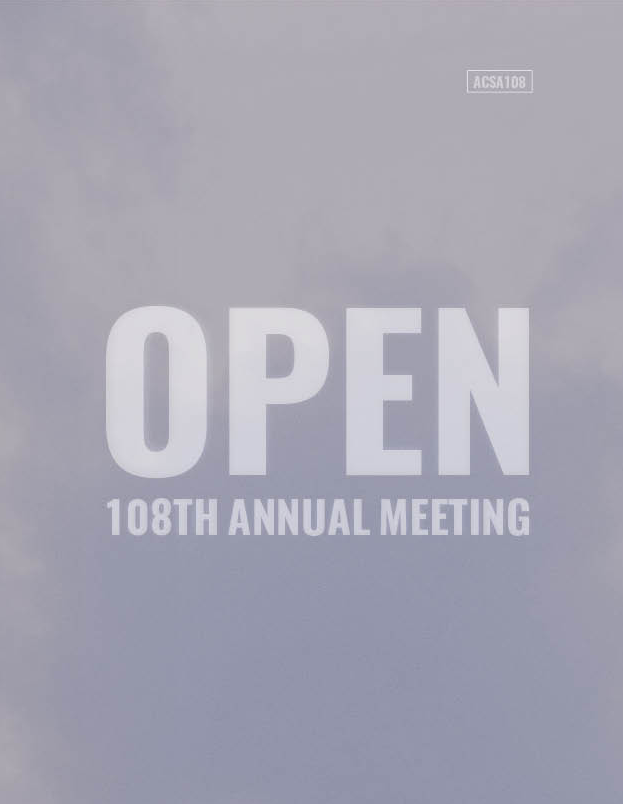Author(s): Genevieve Baudoin
Design-build within the studio is an opportunity for students to gain felt experience with built materials. While many students can boast experience with basic wood framing, either through Habitat for Humanity, summer jobs, or at home, most do not handle more complex materials such as stone or steel. As architects, we typically approach detailing as a concept learned over time, and through experience. For most architects, however, this occurs through the production of built work – it is the place where we learn the most from our mistakes, and the place where learning takes a great deal longer to absorb. Vittorio Gregotti expands this idea, where “…each architectural work annexes particular alignments that are open to experimental risks; in one sense each constructs not only a language but also a specific technique…. Each project must confront the difficulty of giving unique archi¬tectural unity to cultures that differ not only technically but also in their specific objectives and modes of representation.”1 Within the scope of architectural education, how far can we expect a student to go with their knowledge of details? Is it important, and should it be? This paper will explore the strategies, methodologies, and results of a graduate level studio using design-build as a launch platform for an understanding of detailing. The studio was a year-long venture, moving from full scale fabrication studies that culminated in a gallery installation in the fall and progressed into the development of more traditional individual projects in the spring. In the fall, students grappled with stone and steel – the challenges created by their material properties as well as the tools needed. The studio also involved the interaction and relationship with AIA Wichita as well as donated stone and input from US Stone, creating a grounded foundation with practice from which to experiment.
https://doi.org/10.35483/ACSA.AM.108.28
Volume Editors
ISBN
978-1-944214-26-5

 Study Architecture
Study Architecture  ProPEL
ProPEL 
